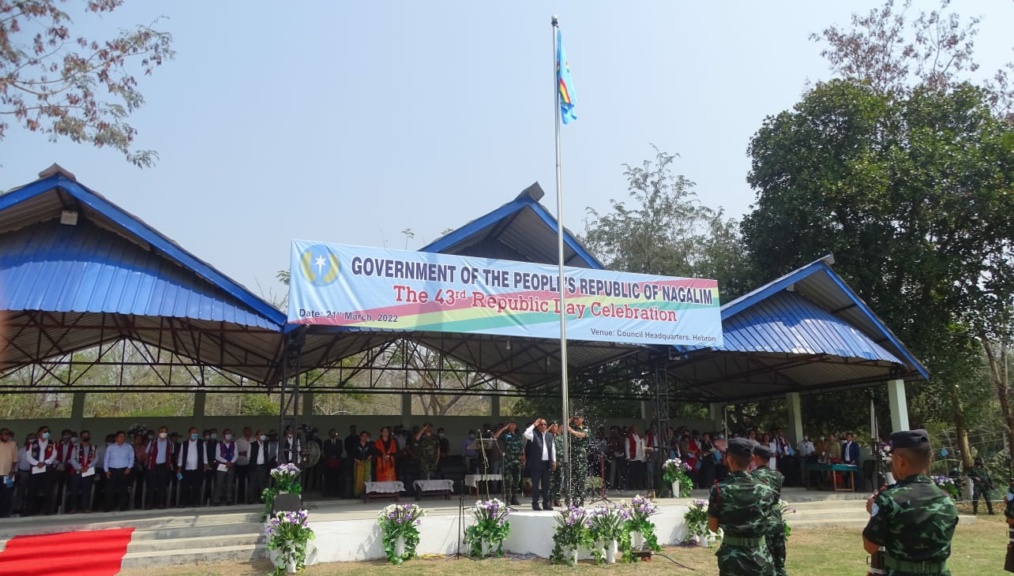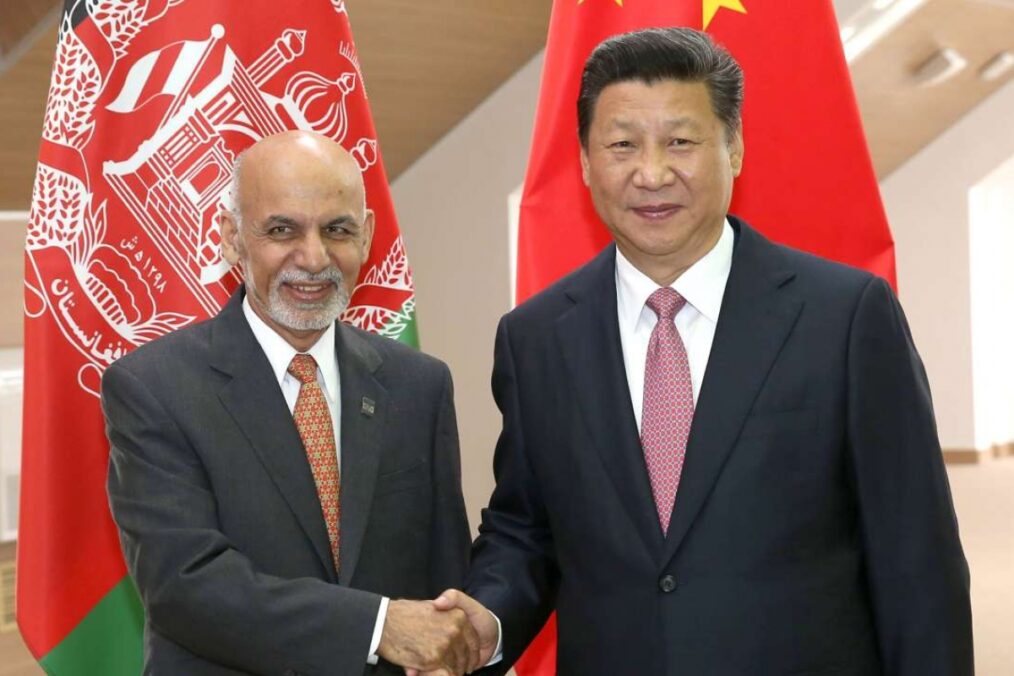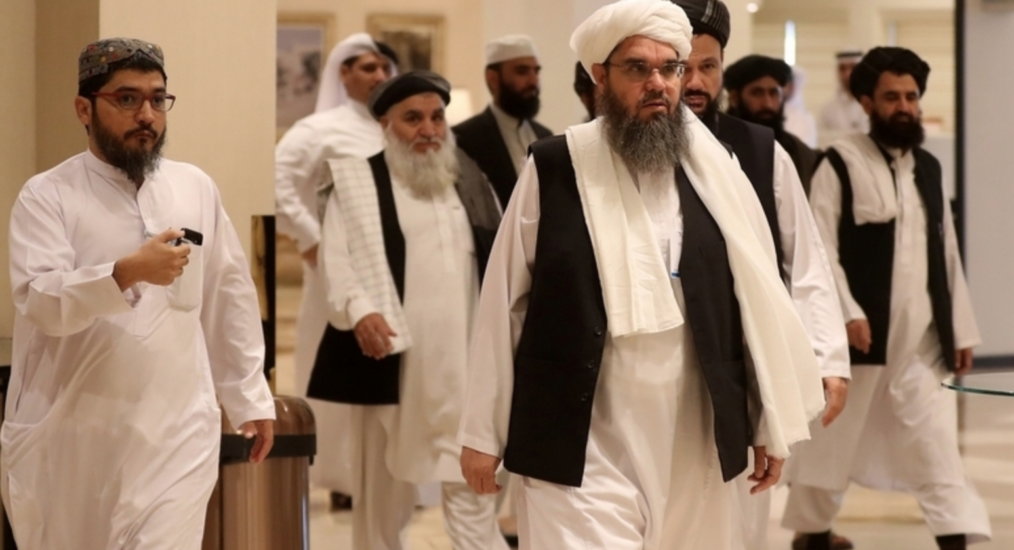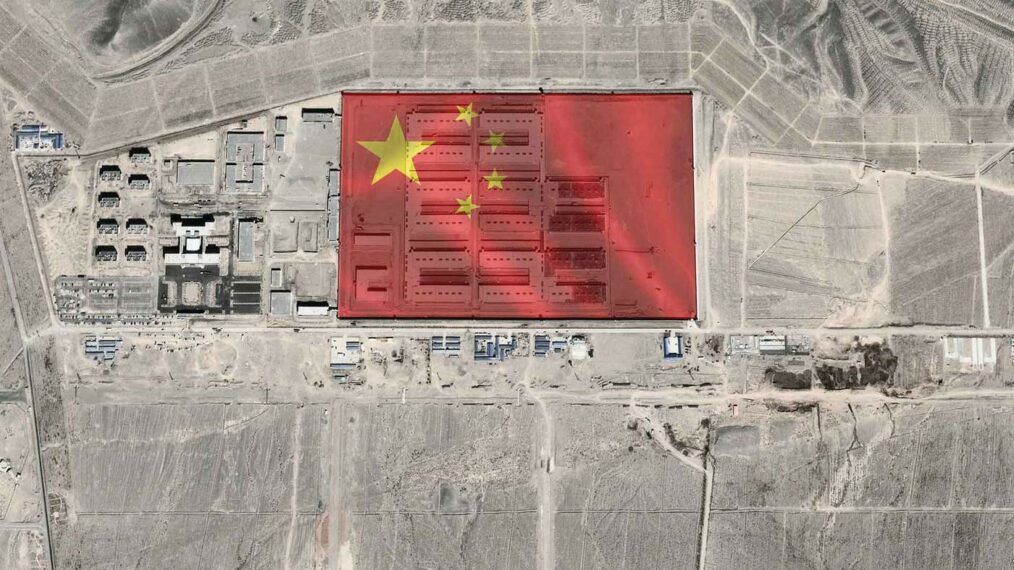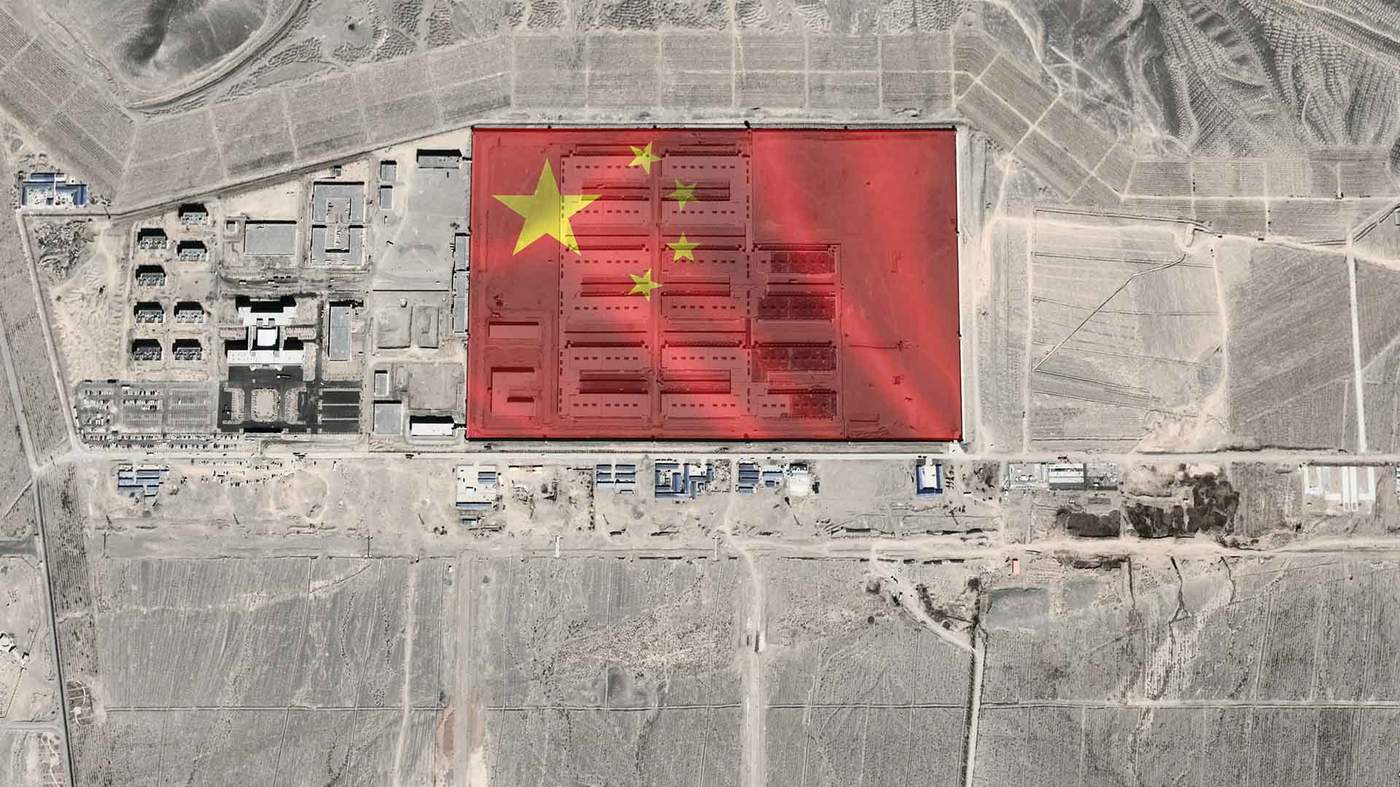In a sudden development, China invited the Taliban to a two-day intra-Afghan peace conference in Beijing. This is a peculiar development as Beijing demonstrated little interest towards the prior peace process and Afghans remain critical of any potential for peace with the Taliban. Peace talks resumed weeks ago in Islamabad, Pakistan, however, the addition of Chinese interests reflects the international nature of what is at stake with stability in the region.
The Taliban publicly announced that they would travel to Beijing to initiate another round of peace talks. Suhail Shaheen, a Taliban political spokesman, said on September 23 that Mullah Abdul Ghani Baradar, the Taliban’s co-founder, met with Chinese diplomats in Doha, where the group has a political office.
This is concurrent with information received by Rise to Peace. A source from Kabul stated that there will be another round of talks with the Taliban soon. They expressed that,
[pullquote]“It’s going to be different to before, stating that the conditions of peace would be different now. Thus, it would appear that the Taliban are open to a new round of peace talks, but not only with the US.”[/pullquote]
China’s abrupt involvement in the Afghan peace process will undoubtedly impact the US counter-terrorism strategy in the region. Recent visits to Afghanistan by United States Speaker of the House of Representatives Nancy Pelosi and Defense Secretary Mark Esper already reveal the differences of opinion offered by US foreign policy decision-makers.
Trump’s growing impatience with the presence of American armed forces still entangled in the Afghan conflict — fueled by the 2020 presidential election — is matched by Pelosi’s urgency to maintain a presence in the region. Pelosi counters that US troops are needed for the sake of stability and the possibility that Afghanistan might return to its previous role as a haven for terrorism.
Despite multiple stakeholders in the Afghan conflict — including multi-national organizations and numerous nation-states — China’s active interest in the region reveals the vast reach of regional instability and as a result, could provide an alternative to the peace talks that have already failed.
Beijing has cooperated with Kabul over the years in regard to economic development and trade, therefore Chinese interests in a stable Afghanistan are easily identifiable. As one of the co-heads of the Shanghai Cooperation Organization (SCO), China — along with Russia — considers Afghan concerns as innate to discussions on security in the Central Asian space. It is logical that they would pursue a proactive stance in regard to inviting the Taliban for peace talks, as well as meetings with Chinese diplomats, due to ongoing diplomatic efforts between the two states.
Mainstream media coverage of Afghanistan has faded since the end of a turbulent election period and the rise of conflict along the Turkey-Syria border. However, July 2019 witnessed the highest number of civilian casualties that the United Nations Assistance Mission in Afghanistan (UNAMA) has ever recorded in a single month. The third quarter of this year saw an unprecedented spike in civilian casualties, with 1,174 civilian deaths and 3,139 injured.
It appeared that a revival of peace talks between the United States was possible last week despite hostile rhetoric between the two camps and an increase in violent attacks. Zalmay Khalilzad, the top US envoy for Afghan reconciliation, met with the Taliban in Pakistan. Each side is alleged to have discussed confidence-building measures that could include a possible prisoner swap or a reduction in violence to help with the peace process.
The EU Perspective
Tadamichi Yamamoto, the Secretary-General’s Special Representative for Afghanistan, has decried “the tragic uselessness of such death in the face of widespread recognition that there can be no military solution to the conflict in Afghanistan.” His words were echoed by Khalilzad and EU envoy Roland Kobia, among other representatives from the European Union, France, Germany, Italy, Norway, the United Kingdom, and the United Nations. All acknowledged that “a sustainable peace can only be achieved through a negotiated political settlement.”
Aftermath of US-Taliban Peace Talks Collapse
The breakdown of talks between the US and Taliban earlier this year led both pro-government troops as well as other insurgencies within the region to step up attacks. Last week, Afghan forces performed a clearing operation in Baghlan province.
The operation took place in the areas of Dand-e-Shahabuddin, Dand-e-Ghori and the Kela Gai areas where at least 16 Officers were killed. A Ministry of Defence spokesperson justified the military action by citing previous successes in which dozens of Taliban insurgents, including commanders and shadow district governors, had been killed during operations in Badakhshan, Takhar and Kunduz provinces.
US-Afghan Relations
Given the nature of the relationship between the US and Afghan security forces, it is clear that the US was aware of the provincial ‘clearing’ campaigns and likely provided support. This emphasizes their stance as being currently committed to military action in the region despite the fact the Pentagon released a plan for an abrupt Afghan withdrawal. Officials cautioned, however, that the planning is a precaution and there is currently no directive from the White House to pull American troops out of Afghanistan.
Taliban Military Action
In addition to US and Afghan government military action, the Taliban have also increased attacks. A Taliban spokesman, Zabihullah Mujahid, confirmed in a statement that fighters used a large truck packed with explosives in an attack near a police headquarters, leaving dozens of Afghan security forces dead and wounded. The attack occurred during a relative lull in violence in the post-presidential election period that saw a surge in attacks by the Taliban, who denounced the vote as a sham. Severe attacks continue as sixteen police officers were killed in attacks on security checkpoints in Northern Kunduz province this week.
US-Taliban Relations
The New York Times reported that “a news website with deep access to senior Taliban officials reported that Mr. Khalilzad had met “repeatedly” with the Taliban during his time in Islamabad,” suggesting it was more than one meeting. This, in addition to the EU/UN urging immediate steps to reduce violence and civilian casualties, resulted in a call for a ceasefire while intra-Afghan peace talks take place.
Peace Talks vs Violence: The Challenges Facing the New Afghan Government
The Taliban and the Afghan government remain in a cycle of violence where one attacks and the other retaliates, sometimes with foreign support. This continues to happen despite demands for peace from Afghan civilians, hints towards resolution from the Taliban, US interests and now China in favor of the resumption of peace talks.
The key factor influencing the cycle is the lack of intra-Afghan dialogue. Talks between the Taliban and the US did not lead to discussions between the Ghani administration and the Taliban. Therefore, it could be argued talks produced little progress, if it all, and the two remain more divided than ever. This is a result of the state of limbo faced by the government as they await the results of the September 2019 election.
Engaging in dialogue with the Taliban will be one of the major challenges facing the victors of the Afghan presidential elections. However, it is integral that such lines of communication are opened to maintaining peace in Afghanistan whilst allowing a US withdrawal.
As China readies itself to engage, President Trump remains confident in his relationship with Imran Khan, Prime Minister of Pakistan, and in the ability of the Pakistani government to play a positive and productive role in the negotiations between the United States and Taliban stakeholders.
Conclusion
As Afghanistan awaits the results of the September election, it will be crucial for political parties to ensure they are represented at the Beijing talks and in any potential talks between the US and the Taliban. This ensures that the winning party is able to open up direct discussions between the government and the Taliban.
However, if efforts in Beijing or with the US are successful — subsequently transitioning to intra-Afghan dialogue — the US must maintain a presence and military support in the region, as peace between the Taliban and the Afghan government does not necessarily mean peace for the other 21 active terror organizations in the region. Afghanistan’s fragility due to terrorism means that foreign support for counter-terrorism campaigns remains crucial for the foreseeable future.

